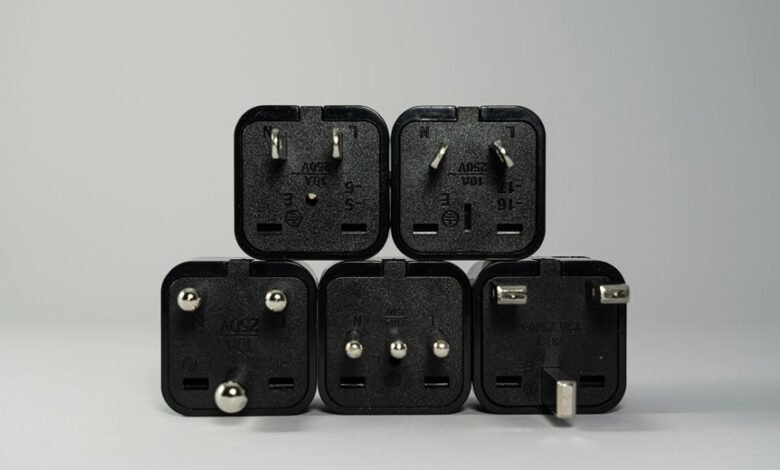1733305810 Callback Attempt Conversion

The “1733305810 Callback Attempt Conversion” highlights the importance of transforming initial customer interactions into successful engagements. Timing, customer preferences, and tailored strategies play critical roles in this process. Businesses must consider these factors to enhance customer satisfaction and boost sales. However, the dynamics of callback strategies are complex. Understanding how to effectively measure and adjust these approaches could be key to unlocking higher conversion rates. What specific strategies can drive this transformation?
Understanding Callback Attempt Conversion
Callback attempt conversion refers to the process of transforming initial attempts to contact a customer into successful engagements.
Evaluating callback effectiveness is crucial in determining the quality of customer engagement strategies. By analyzing patterns in responses and follow-up actions, businesses can enhance their approach, ultimately leading to improved connection rates and fostering meaningful interactions that respect the customer’s autonomy and preference for communication.
Factors Influencing Successful Conversions
Several factors influence the likelihood of successful conversions during customer callback attempts.
Callback timing plays a crucial role, as reaching customers at their convenience can significantly enhance engagement.
Additionally, aligning the approach with customer preferences, such as communication style and medium, increases receptiveness.
Understanding these elements allows businesses to tailor their strategies, ultimately improving the effectiveness of callback initiatives and fostering a more positive customer experience.
Best Practices for Optimizing Callback Strategies
Optimizing callback strategies requires a systematic approach that incorporates the factors previously identified.
Effective strategies should prioritize callback timing that aligns with customer preferences, ensuring calls occur at convenient moments.
Additionally, leveraging customer data can enhance personalization, improving engagement.
Regularly reviewing and adjusting these strategies based on feedback will foster a more responsive service, ultimately enhancing customer satisfaction and conversion potential.
Measuring the Impact of Callback Attempts on Conversion Rates
How do callback attempts influence conversion rates within customer interactions?
Effective callback timing can significantly enhance customer engagement, fostering a sense of responsiveness and reliability.
Analyzing data reveals that timely callbacks correlate with higher conversion rates, as they demonstrate attentiveness to customer needs.
Businesses that optimize their callback strategies are more likely to convert inquiries into tangible sales, benefiting from improved customer satisfaction.
Conclusion
In conclusion, the optimization of the 1733305810 callback attempt conversion process hinges on a delicate balance of timing, personalization, and data-driven strategies. Interestingly, as businesses refine their approaches, they often discover that the very feedback mechanisms employed to gauge success can inadvertently unveil new opportunities for engagement. Consequently, the ongoing review and adaptation of these strategies not only enhance conversion rates but also cultivate deeper customer relationships, ultimately leading to sustained business growth and improved satisfaction.




